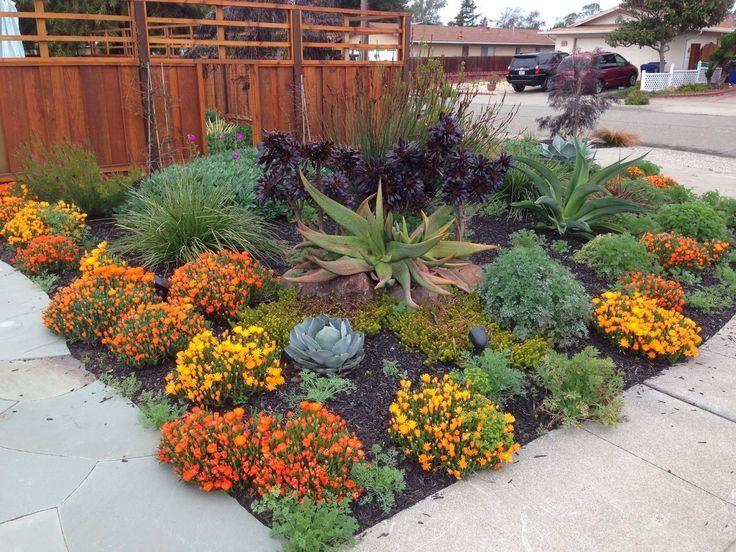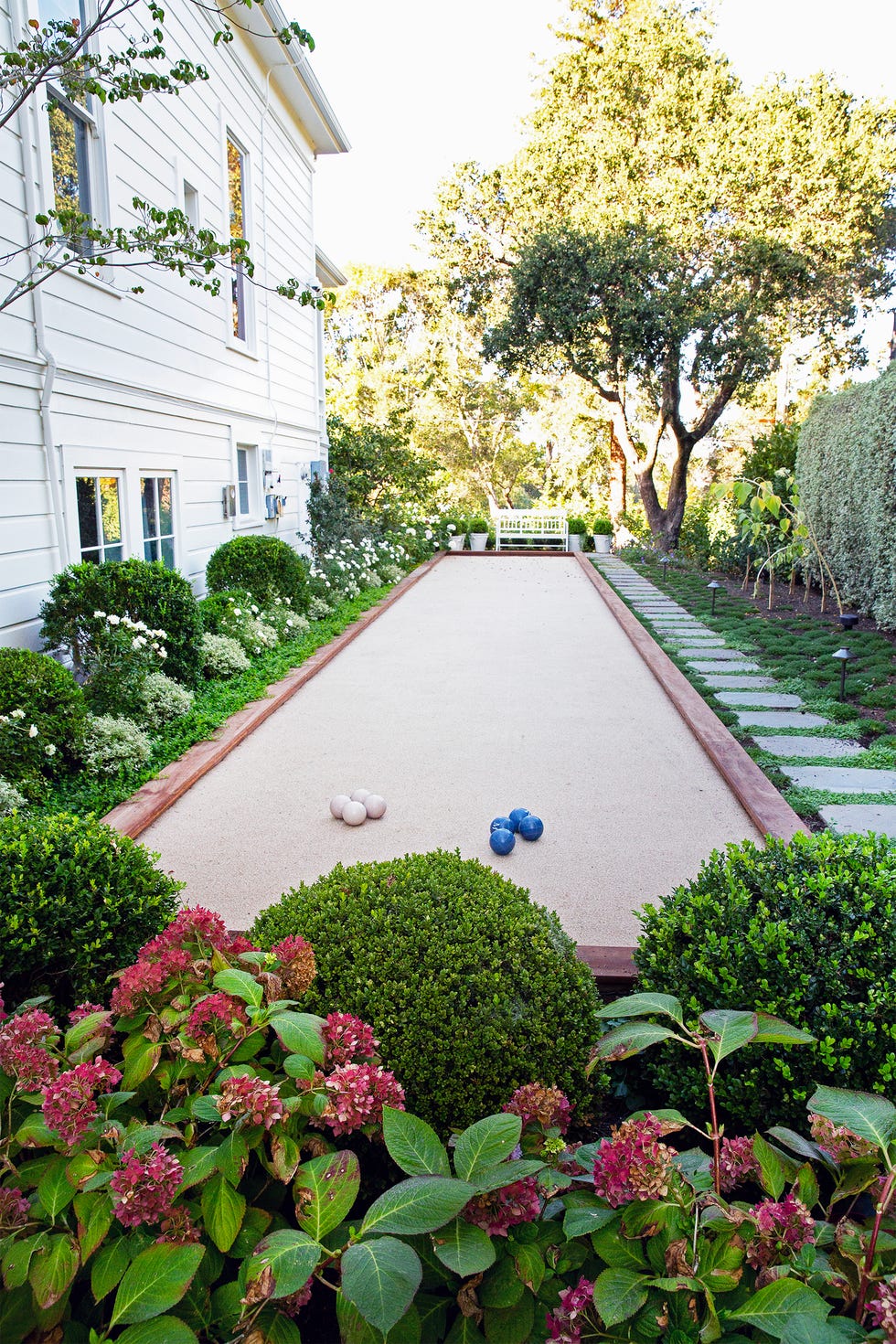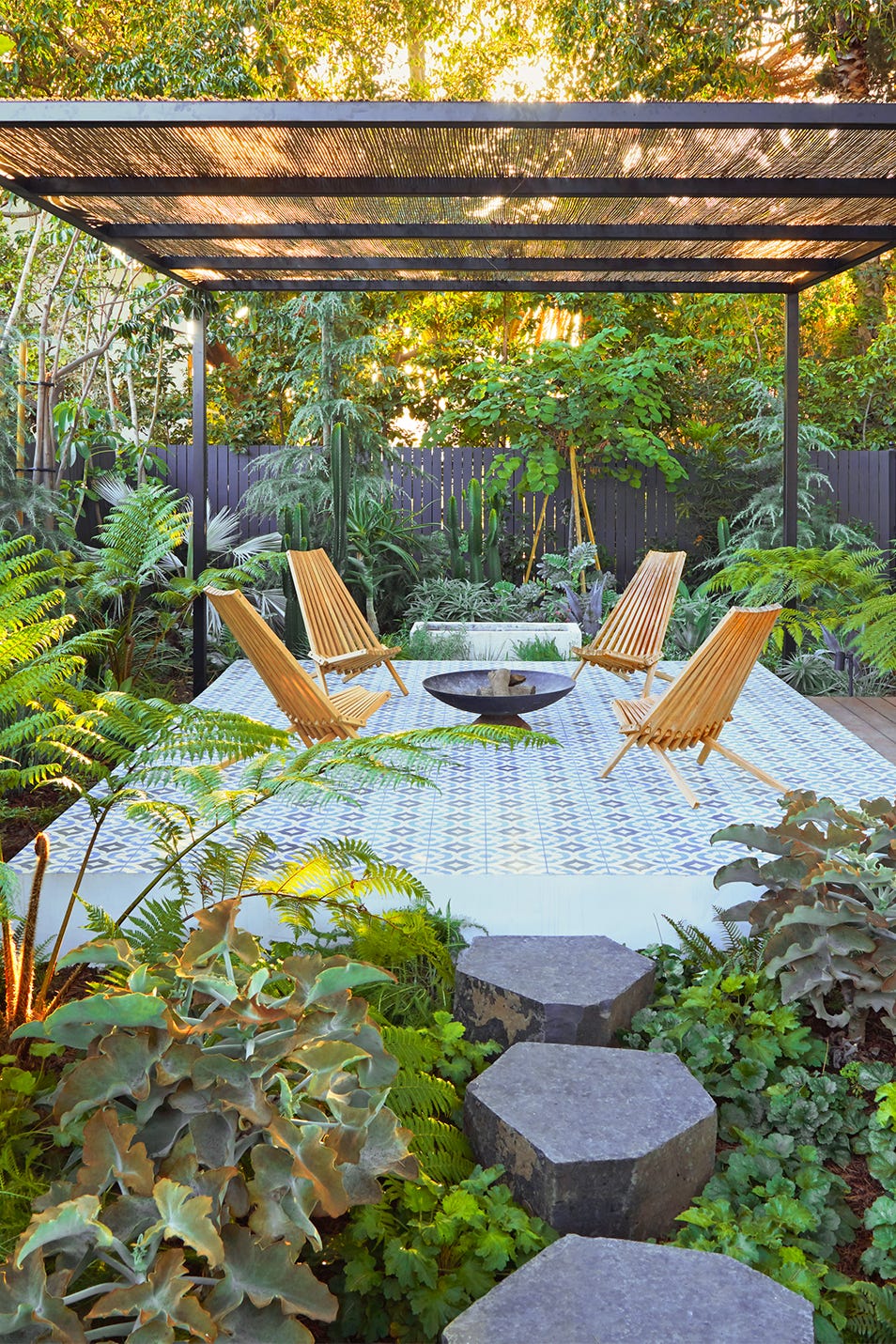Ideal Landscaping Companies Jacksonville: Comprehensive Landscaping Solutions
Ideal Landscaping Companies Jacksonville: Comprehensive Landscaping Solutions
Blog Article
Elevate Your Building's Aesthetic With Sustainable Landscaping Layouts and Eco-Friendly Practices

Benefits of Sustainable Landscape Design
Implementing lasting landscape design techniques not just conserves natural deposits but likewise advertises biodiversity and enhances overall ecological health. By choosing environment-friendly landscape design strategies, residential property proprietors can enjoy a plethora of advantages that extend past simply visual appeal. One significant advantage is the decrease of water usage through making use of drought-resistant plants, rainfall gardens, and efficient irrigation systems. This not only reduces utility costs yet additionally adds to water conservation initiatives in the neighborhood.
Additionally, lasting landscaping can boost soil wellness by minimizing making use of chemical fertilizers and pesticides, thereby developing a healthier setting for plant growth and beneficial dirt organisms. This, consequently, improves the total durability of the landscape to withstand ecological stress factors and climate modification impacts - landscaping companies Jacksonville. Additionally, sustainable landscape design practices can bring in varied wildlife, consisting of pollinators like butterflies and , promoting a more balanced and dynamic community within the home
Incorporating Native Plants
To build on the advantages of lasting landscaping, a calculated focus on including native plants can better boost ecological strength and promote biodiversity within the landscape. Indigenous plants are species that naturally happen in a specific location and have evolved to grow in the neighborhood environment, soil conditions, and ecosystem. By consisting of indigenous plants in landscaping styles, building proprietors can decrease water usage, minimize the demand for chemical pesticides and plant foods, and support the local wild animals populace.
Incorporating native plants additionally assists in protecting the distinct character and identification of a region's flora. These plants often call for much less upkeep once developed, making them a cost-effective and sustainable landscape design service over time. Additionally, native plants can bring in native pollinators like bees and butterflies, adding to the overall health of the ecological community.
When choosing indigenous plants for landscape design tasks, it is necessary to pick varieties that are appropriate to the particular ecological problems of the website. Consulting with neighborhood baby rooms or herb gardens can supply valuable support on selecting the ideal native plants for a specific location. By integrating indigenous plants into landscaping designs, residential property proprietors can create attractive, lasting outdoor spaces that profit both the environment and the community.

Water Conservation Methods
Efficient irrigation approaches play a critical duty in sustainable landscaping techniques, making certain ideal water conservation efforts in exterior areas. Applying techniques such as drip watering, rainwater harvesting, and smart watering systems can dramatically minimize water wastage while keeping a healthy landscape. Drip watering delivers water straight to the roots of plants, reducing dissipation and overflow. Rain gathering involves accumulating rainwater from roofs and keeping it for later use in watering, decreasing the dependence on local water sources. Smart watering systems use climate data and soil dampness levels to readjust watering timetables, stopping overwatering and promoting water performance.
Along with advanced watering approaches, xeriscaping is useful content one more water-saving landscape design technique that concentrates on making use of drought-resistant plants, mulch, and reliable irrigation to develop a low-water landscape design - landscaping companies Jacksonville. By picking native plants that are appropriate to the regional environment and dirt conditions, building proprietors can minimize the requirement for excessive watering, ultimately saving water and advertising a lasting outdoor environment
Eco-Friendly Hardscaping Concepts
Enhancing outdoor spaces with environment-friendly hardscaping attributes can add significantly to sustainable landscaping practices. When thinking about hardscaping aspects, go additional hints with materials like recovered wood, recycled concrete, or natural stone to reduce environmental impact. These products not only add an unique aesthetic appeal to your outdoor area yet additionally lower the demand for brand-new resources extraction.
Executing permeable leading choices such as gravel or permeable concrete can help lower water drainage and advertise groundwater recharge. These options allow rain to permeate right into the ground, avoiding erosion and minimizing the worry on stormwater systems.
Incorporating native plants into hardscaping layouts can additionally enhance eco-friendliness by sustaining local wildlife and reducing the need for excessive watering or chemical treatments. By including vertical yards or eco-friendly walls, you can introduce more vegetation into city setups, enhancing air quality and biodiversity.
Incorporating energy-efficient lights, such as solar-powered LEDs, into hardscaping layouts can lower electrical power consumption and reduced your residential property's carbon impact. Prioritizing eco-friendly hardscaping concepts not only enhances the elegance of your outside room yet also shows a dedication to environmental stewardship.
Maintenance Tips for Lasting Landscapes

Frequently trim plants to advertise healthy and balanced growth and stop overgrowth that can lead to pest problems or diseases. Usage natural plant foods to nurture the dirt and plants without damaging chemicals that can leach right into the atmosphere.
Verdict
To conclude, sustainable landscape design techniques offer various benefits for homeowner, from enhancing the aesthetic charm of the environments to advertising ecological preservation. By including indigenous plants, applying water preservation techniques, and utilizing environment-friendly hardscaping concepts, homeowner can produce stunning landscapes that are likewise ecologically responsible. With correct upkeep, sustainable additional resources landscapes can grow and contribute to a much healthier ecological community for both humans and wildlife.
Moreover, sustainable landscaping can enhance soil health by decreasing the usage of chemical plant foods and pesticides, thereby producing a much healthier atmosphere for plant development and useful soil organisms.To construct upon the advantages of sustainable landscape design, a calculated emphasis on integrating native plants can additionally improve ecological durability and promote biodiversity within the landscape. By including indigenous plants in landscape design designs, residential property owners can reduce water usage, reduce the demand for chemical pesticides and fertilizers, and sustain the neighborhood wild animals populace.
These plants usually need much less maintenance when developed, making them a sustainable and cost-effective landscape design solution in the long run. By incorporating native plants right into landscaping styles, home proprietors can create attractive, sustainable outside rooms that benefit both the neighborhood and the environment.
Report this page